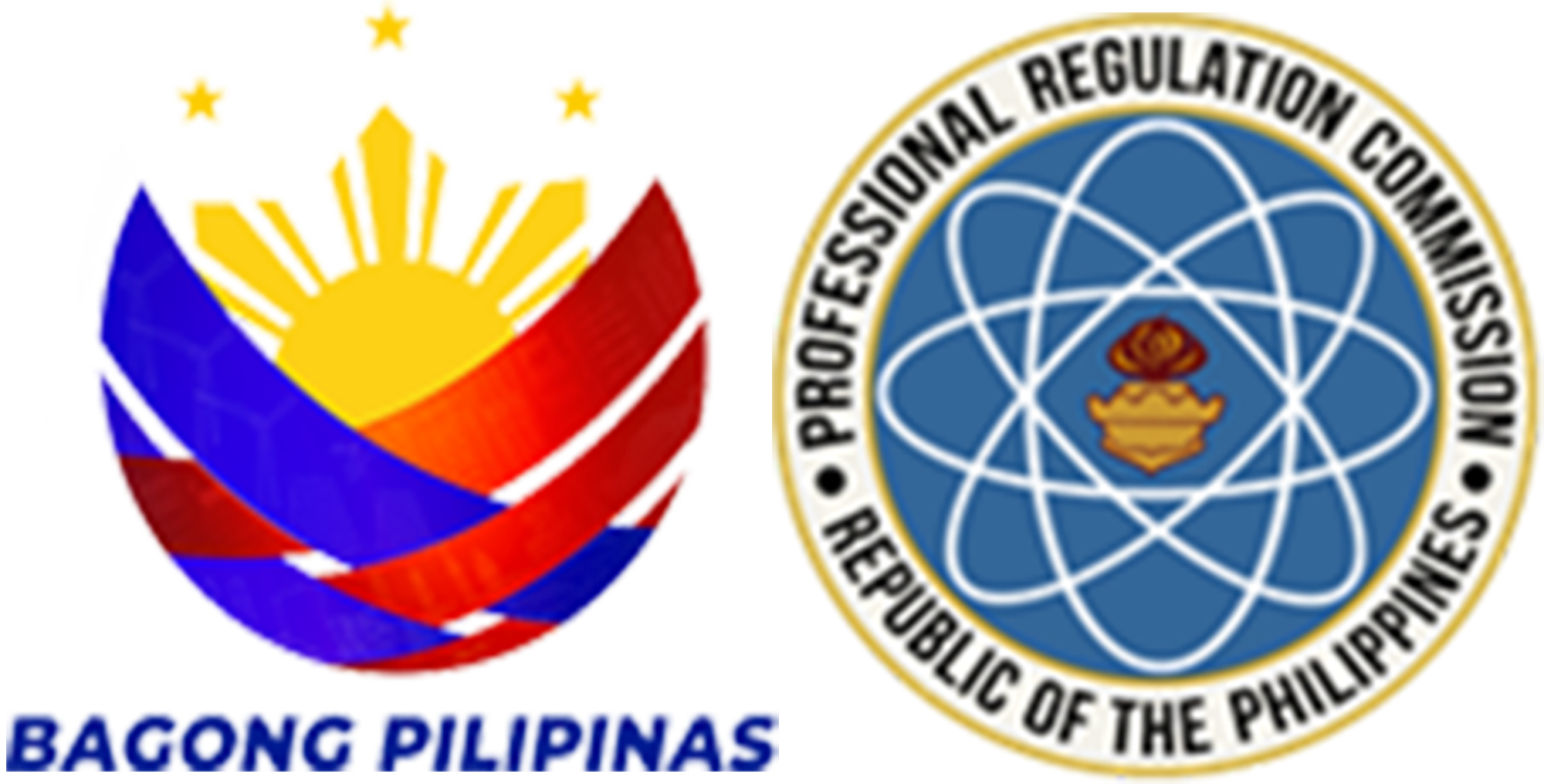Practice of Electrical Engineering
A person is deemed to be in the practice of electrical engineering when he renders or offers to render professional electrical engineering service in the form of:
- Consultation, investigation, valuation and management of services requiring electrical engineering knowledge;
- Design and preparation of plans, specifications and estimates for electric powers systems, power plans, power distribution system including power transformers, transmissions lines and network protection, switchgear, building wiring, electrical machines, equipment and others;
- Supervision of erection, installation, testing and commissioning of power plans, substation, transmission lines, industrial plans and others;
- Supervisions of operation and maintenance of electrical equipment in powers plants, industrial plants, watercrafts, electric locomotives and others;
- Supervisions on the manufacture and repair of electrical equipment including switchboards, transformers, generators, motors, apparatus and others;
- Teaching of electrical engineering professional subject; and
- Taking charge of the sale and distribution of electrical equipment and systems requiring engineering calculations or applications of engineering data.
Qualification of Board Members
Each Board member must, at the time of his appointment:
- Be a natural-born Filipino citizen and a residence of the Philippines for at least (5) consecutive years;
- be at least thirty-five (35) years of age, of proven integrity with high moral values in his personal as well as his professional conduct;
- Be a person with no final conviction by the court of an offense involving moral turpitude;
- Be a holder of the degree of Bachelor of Science in Electrical Engineering (BSEE) from a university, school, college, academy or institute duly constituted, recognized and accredited by the Philippine government;
- Be a professional electrical engineer with a valid certificate of registration and a valid professional license duly qualified to practice electrical engineering in the Philippines;
- Have practiced electrical engineering for a period of not less than ten (10) years prior to his appointment, with a sworn statement as such; and
- Not be an official nor a member of the faculty of, nor have a pecuniary interest in, any university, college, school or institution conferring a bachelor’s degree in electrical engineering for at least three (3) years prior to his appointment, and is not connected with a review center or with any group or association where classes or lectures in preparation for the licensure examinations are offered or conducted at the time of his appointment.



Republic Act No. 7920
(New Electrical Engineering Law) An Act Providing for a More Responsive and Comprehensive Regulation for the Practice, Licensing, and Registration of Electrical Engineers and Electricians
Be it enacted by the Senate and House of Representatives of the Philippines in Congress assembled
Download:
Download/open the full version of the New Electrical Engineering Law (May 1988).
Download/open the amended version of the New Electrical Engineering Law (February 1995).
Pursuant to Public Act No. 2985 enacted on February 23, 1921, the first Electrical Engineering Board of Examiners was constituted to regulate the electrical engineering profession.
The law was later amended by Act No. 3159 approved March 8, 1924 and by Act No. 3182 enacted on November 17, 1924. Act No. 3182 mandated the Secretary of Commerce and Communications to appoint the Boards of Examiners for the Engineering, Accountancy and Surveying.
When Public Act No. 4007 was approved on December 5, 1932, the Board was placed under the administrative jurisdiction of the Department of Public Works and Communications.
On June 21, 1947, Republic Act No. 184 was enacted as the “Electrical Engineering Law” entitled “An Act to Regulate the Practice of Electrical Engineering in the Philippines, to Provide for the Licensing and Registration of Electrical Engineers and Electricians and for other Purposes.”
On February 24, 1995, R.A. 184 was amended by R.A. 7920, the “New Electrical Engineering Law.” Entitled “An Act Providing for a More Responsive and Comprehensive Regulation for the Practice, Licensing and Registration of Electrical Engineers and Electricians,” it provides for the composition, powers and functions of the Board, examination and registration of professionals, and the prohibitions in the practice of the electrical engineering profession.
Click HERE to view the list of Accredited Integrated Professional Organizations (AIPOs) /Accredited Professional Organizations (APOs)
- BEE Form No. 1 - Process and Action Sheet
- BEE Form No. 3 - Info Sheet (Annex A)
- BEE Affidavit (Annex B)
- BEE Checklist of Requirements (Annex C)
- Letter sent to various Electrical Plants and Establishments reminding them of the mandatory requirements in the issuance of Certificate of Compliance under Sec. 33 of RA 7920














